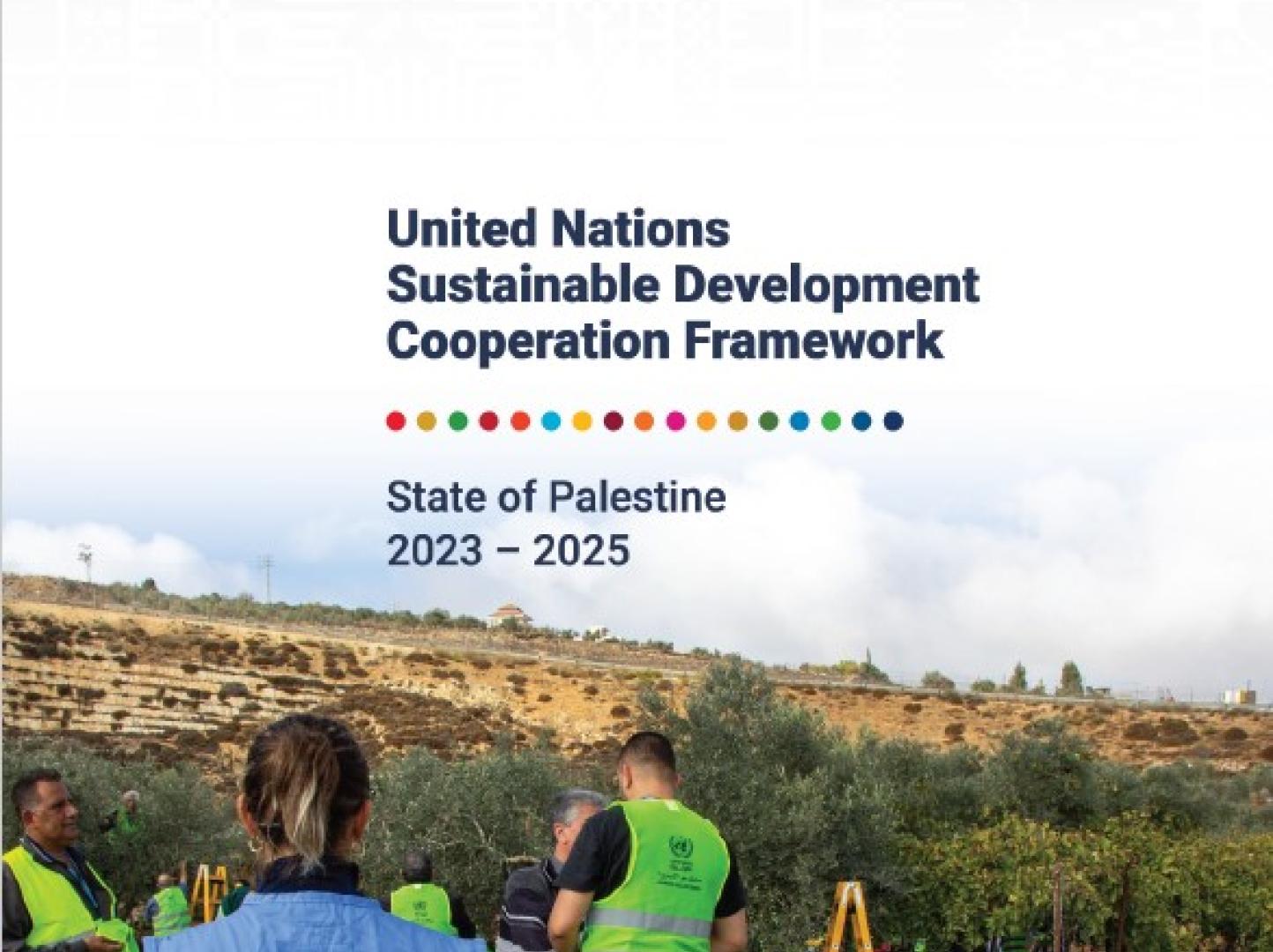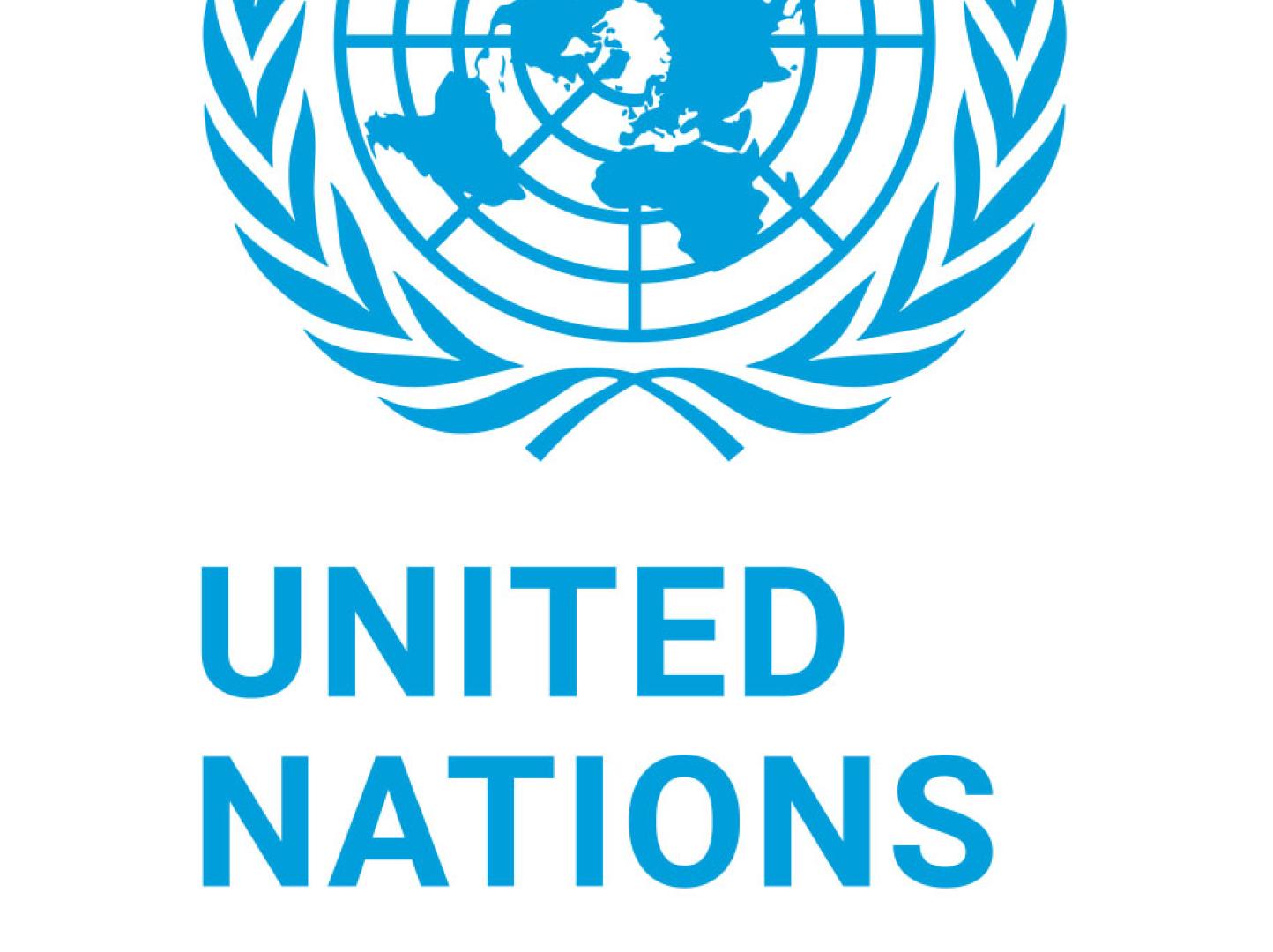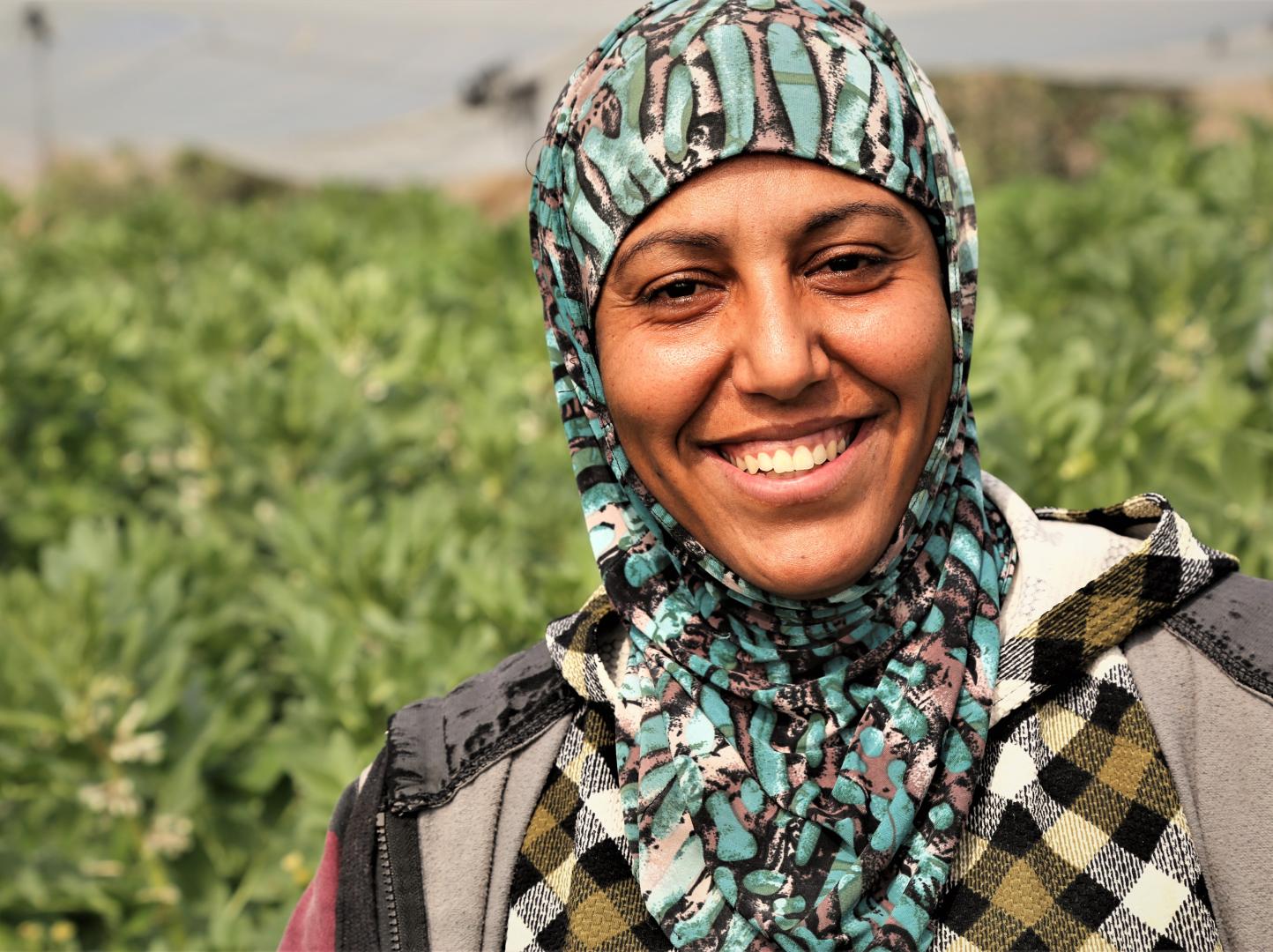Fact Sheet on Environment in Palestine
Palestine lies within the Mediterranean climatic zone that is characterized by a hot, arid, and water-scarce region that has experienced an increase in temperatures over the past fifty years. It is one of the countries most vulnerable to climate change despite its negligible contribution to global emissions. Palestine is facing substantial environmental challenges due to its delicate environmental resources, lack of sovereignty and its limited financial assets.
These challenges are aggravated by many factors such as the scarcity of available water, deterioration of the water resources, land, and soil contamination, as well as desertification and unsustainable management of land, and air pollution. The inability to access, manage the natural resources sustainably and to enforce laws and instructions, as a result of the Israeli occupation, are aggravating the threats of climate change especially with the high population rate, poverty level, and food insecurity. Palestine is also prone to natural disasters and hazards including earthquakes, floods, droughts, and landslides. Since 2015, Palestine has been implementing a national disaster risk reduction strategy in line with the Sendai Framework for Disaster Risk Reduction.










